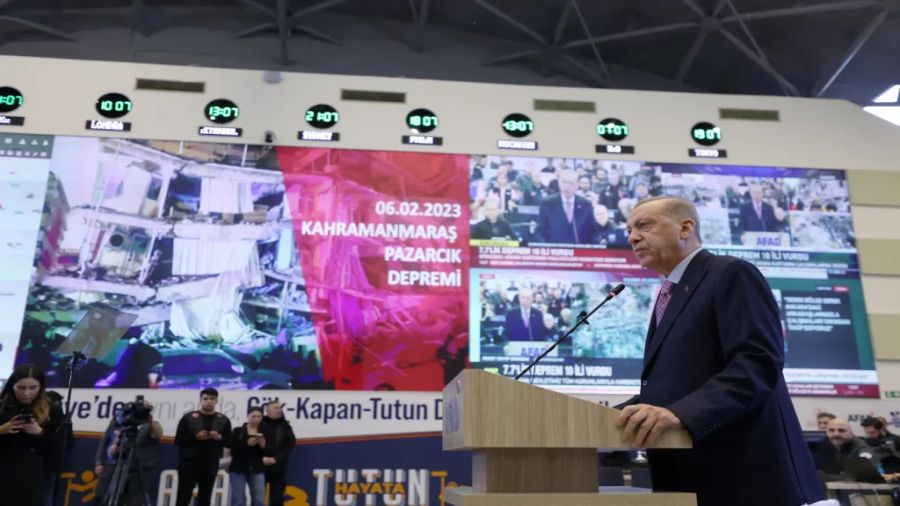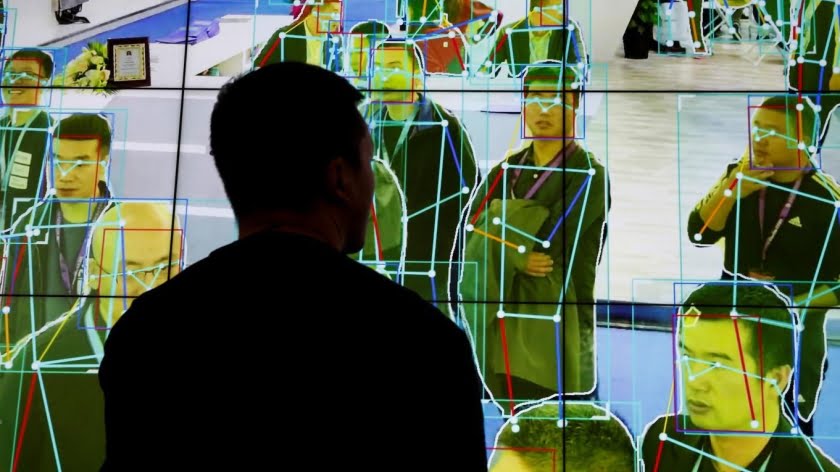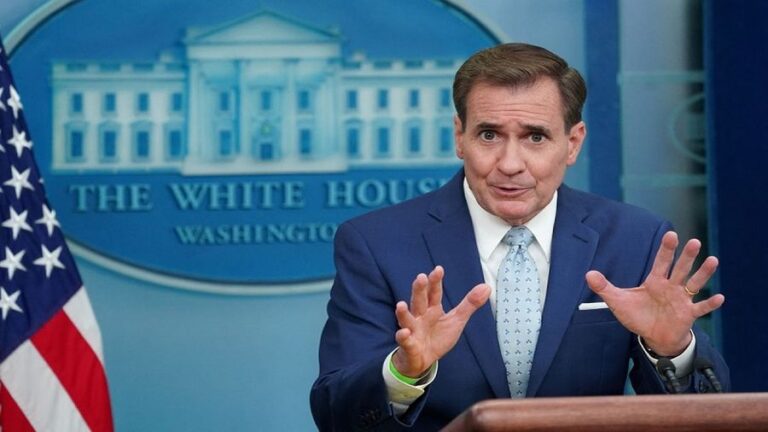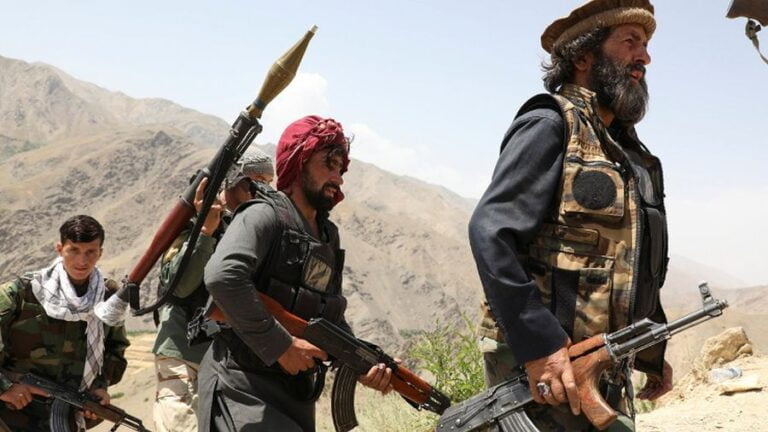Earthquake In Turkey In A Geopolitical Context (II)
External Assessments
Erol Yaybok of the Center for Strategic and International Studies (Washington, DC) focuses on sociаl issues. He notes that beyond the first active phase of search and rescue operations, the physical and psychological human impact will be far greater and longer lasting. Therefore, international donors and NGOs will need to draw on lessons from other rapid onset disasters (e.g., tsunami and hurricane relief) which share similar destructive qualities, to learn how to coordinate assistance, to build local resilience, and to draw from and strengthen local response structures.
In addition to the loss of life this has caused, the magnitude of the destruction means that all relief efforts will be challenging thanks to blocked roads, damaged bridges, communications and power outages, food and water shortages, and other critical disruptions…
Gaziantep is the economic and political center of a region literally on the frontlines of humanitarian response after the outbreak of the Syrian civil war in 2011. Of the nearly 3.8 million registered refugees in Turkey over one million Syrians live in the Turkey-Syria border region, almost half a million in Gaziantep city alone. The earthquake adds will further stress an already stressed environment. For Syrian refugees, the earthquakes create new trauma on top of old.
RAND experts look at the earthquake and its aftermath from various international policy options.
Jessie Riposo writes that “current estimates of the economic impact from the disaster include nearly $70 billion in housing losses and another $10.4 billion in economic loss. These preliminary estimates likely fall short of total damages as it can take months to fully assess and establish the total cost of recovery. These costs appear to be driven by the poor construction of many properties, which may lead to legal action, and serve a stark reminder of the importance of implementing more-resilient building codes and standards. As Turkey takes steps to rebuild, they must consider how they will enforce more-rigorous adoption and adhesion to safe building practices”.
Howard Schatz touches on a more politically sensitive topic, noting that “helping Syria presents a far more difficult problem. The greatest damage occurred in parts of Syria that are governed in part by Turkey and Turkish-linked rebel groups, and in part by the designated terrorist group Hayat Tahrir al-Sham (HTS), an offshoot of al-Qaeda.
Regardless, help is needed. Schatz suggests involving the group known as the White Helmets. The United States is among many countries that support this organization. However, they are known to be provocateurs who have actually made false staging in order to accuse the Assad government. Isn’t Schatz’s call an attempt to use the tragedy for another sabotage? It is entirely possible. Especially since Schatz calls one of his relief options “airdrops of supplies to the White Helmets, coordinated in advance. This could include lifesaving food, water, medicine, and shelter, such as insulated tents”. And probably new materials for sabotage and provocation, including weapons.
Also, an alternative option is to use a corridor via the Kurdistan Region of Iraq through the Kurdish-led Autonomous Administration of North and East Syria. This requires negotiations on crossing lines of control with either Turkish-led groups or the Syrian government.
Schatz’s misunderstanding of the real situation in Kurdistan is evident here. The Iraqi Kurds are not cooperating with the Syrian Kurds. And even when there was a threat from ISIS (an organization banned in the Russian Federation), Syrian Kurds did not cooperate with Iraqi Kurds. What kind of corridors for humanitarian aid are there? Although the Kurdish question itself also needs to be raised, because in Turkey not only ethnic Turks have suffered, but also Kurds, who live in large numbers in the eastern part of the country. In the mentioned Gaziantep, about half a million people are ethnic Kurds.
And James Scheer observes that “Turkey faces a “congested access” problem. Syria is more prone to this, to be sure; but Turkey’s air, sea, and overland transit routes are getting swamped by a huge influx of relief and recovery aid. Their initial “first come, first served” approach for clearing flights just didn’t work. There also seems to be a need to engage with Turkey regarding safe rebuilding practices. Turkey may need to start with viable habitability assessments for buildings that are still up but fragile. Then, there’s the challenge of monitoring and enforcement of building codes as well as seismic retrofitting of existing structures before the next big quake”.
It is likely that there will be states that are willing to help solve these problems under certain conditions.
Earthquake Diplomacy
Any natural disaster, of course, shows who is a real partner and friend of the affected party, and who uses the situation to extract certain interests.
In this context, Fehim Tastekin writes that “also making use of quake diplomacy is Israel, which recently restored ties with Turkey. Israel’s President Isaac Herzog called Erdoğan shortly after the first quake, and Foreign Minister Eli Cohen met with the Turkish president in Ankara on Tuesday… All those steps are expected to add momentum to the normalization process that formally kicked off in late December when Israel’s new ambassador to Ankara presented her credentials to Erdoğan. NATO allies such as France and the United States, which have often been at odds with Erdoğan, also offered support, as did Finland and Sweden, whose NATO membership bids are being blocked by Turkey.
China, whose treatment of the Uyghur community has often cast a pall on bilateral ties, won Turkish hearts by sending 467 rescuers and high-tech equipment.
Russia, whose ties with Turkey have been a mélange of cooperation and conflict, sent a 401-strong rescue team — the fifth largest after those of Azerbaijan, Spain, China and Israel. Nechirvan Barzani, president of the Kurdistan Regional Government of Iraq — and who has enjoyed close ties with Ankara but often felt the heat of Turkish military operations on Kurdistan territory — also traveled to the quake-hit region to show solidarity.”
In diplomacy, however, it is not only the facts that are important, but also the presentation of information. With their advantage in strategic communications and control of the global media, Western powers may very well indulge for wishful thinking. The diligence and gratuitous assistance of other countries will thus be sidelined.
Tellingly, the catastrophe did not lead to any softening of Turkey’s position in Syria, which northern regions, including Turkish-controlled Afrin, also suffered devastation. Ankara has refused to let Syrians into Turkey, but has agreed to reopen two border crossings for three months, in addition to one on the Idlib border, to allow the flow of UN-coordinated humanitarian aid. All three border crossings lead to rebel-controlled areas, while those that are controlled by the Syrian government and those that lead to Kurdish-controlled areas remain closed. Humanitarian convoys from the Kurdish-controlled northeast were blocked for days by Turkish-backed rebels before they could reach earthquake-hit areas in the northwest, with Kurdish sources blaming Turkey.
Ankara also did not soften its stance on Western countries, in particular after the earthquake it was announced that Turkey would not ratify the admission of Sweden and Finland into NATO. There are conspiracy theories that the earthquake was the result of seismological weapons used by the United States. Such narratives should not be underestimated either. Supporters of various conspiracy theories abound in Turkey, while on the other hand Muslims (not only in Turkey) see apocalyptic omens in the quake. According to Islam, such natural disasters are a divine providence and serve as a reminder to believers of their existence. The Prophet Muhammad said that earthquakes are a warning from the Almighty, so believers should pray and ask Him for mercy. It is also linked to the fact that the catastrophe occurred in the year of the centennial of the formation of the Republic of Turkey.







